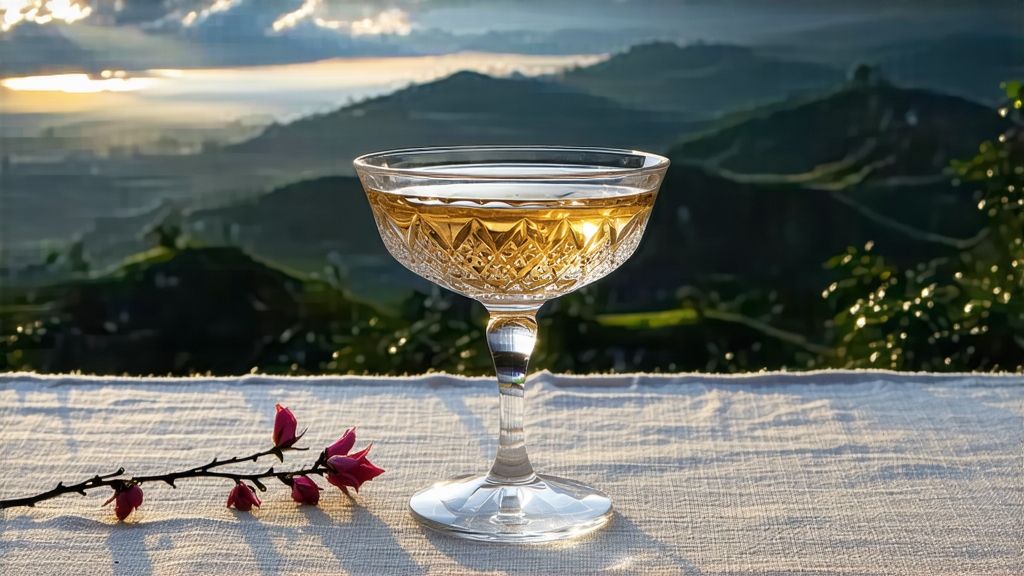
If green tea is the bright youth of Chinese tea and pu-erh its brooding philosopher, then white tea is the whispered poem slipped between their pages—so subtle that many drinkers overlook it, yet so enduring that once encountered it lingers like moonlight on water. Among the six major families of Chinese tea, white tea alone is defined less by manipulation in the workshop than by what is left undone: excessive heat, rolling, roasting, even kneading are all refused so that the leaf may speak in its most native tongue. Nowhere is this philosophy more purely expressed than in Fuding White Needle, known in Chinese as Bai Hao Yin Zhen—“White Hair Silver Needle.” Grown along the granite hills and sandy red soils of Fuding county in northeast Fujian, this princely variety represents the apex of minimalism: only unopened leaf buds, picked for a few fleeting mornings each spring, are deemed worthy of the name.
History: From Imperial Tribute to Global Muse
References to “white tea” appear as early as the Song dynasty (960-1279), yet those texts speak of a compressed cake made from tender leaves, not the loose, airy buds we recognise today. The modern pedigree of Silver Needle begins in the 1790s, when the imperial court still demanded compressed tribute bricks from Fujian. Legend claims a careless tea soldier left a basket of buds unattended in mild spring sun; by the time the oversight was discovered the buds had blanched to a silvery down and exhaled a fragrance unlike anything at court. The accident was declared auspicious, and within decades loose white tea supplanted brick tea as the region’s most coveted gift. By the late nineteenth century Fuding needles were travelling down the Min River to Fuzhou’s treaty port, then onward to Hong Kong, Singapore, London and St Petersburg, where apothecaries praised its “cooling” nature and perfumers marvelled at its honeyed nose.
Terroir: Where Granite Meets Sea Mist
Fuding lies at 27° N latitude, a sweet spot shared by world-famous tea, wine and coffee belts. Its parent range, Taimu Mountain—“Grandmother Mountain” in the local dialect—rises gently from the East China Sea, trapping maritime fog that acts like a natural shade cloth, slowing photosynthesis and coaxing the buds into storing more amino acids. Day-night temperature swings of 10 °C are common in March, concentrating fragrant compounds while discouraging insect attack. The soil is acidic laterite rich in potassium and quartz; drainage is so swift that roots are forced to dive deep, pulling up trace minerals that later translate into a subtle flinty note in the cup.
Plucking: Dawn, Dew and the One-Bud Rule
Silver Needle is harvested only in early to mid-March, when the tea bush awakens from winter dormancy and channels an entire season’s nutrients into a single embryonic shoot. Pickers—usually women wearing wide bamboo hats—enter the garden before sunrise so that buds can be snapped while still cool and taut. The standard is ruthless: one pluck must yield exactly one bud, no leaf, no stem, no “fish-tail” extension. A skilled picker gathers barely 500 g of fresh buds in a morning; 30 000 of these are required to make a single kilogram of finished tea. The buds are laid into shallow bamboo trays no deeper than 3 cm, ensuring that each needle can “breathe” during the long withering to come.
Craft: The Art of Doing Almost Nothing
Unlike green tea, which is fixed with high heat to kill enzymes, white tea relies on enzymatic oxidation stopped purely by desiccation. The process is disarmingly simple on paper—wither, bake, sort—yet maddeningly difficult in practice because the maker must steer the leaf through invisible biochemical currents without the safety net of a wok or rolling machine.
-
Outdoor Withering: Trays are set on racks in a shaded courtyard for the first 6–8 h. Ambient humidity must stay between 65–70 %; if the sun grows bold, reed mats are thrown overhead within seconds. During this stage moisture drops from 74 % to roughly 55 %, cell walls begin to fracture, and a light grassy note gives way to something sweeter, almost like raw cucumber skin.
-
Indoor Withering: Buds are moved into a draughty loft where temperature is maintained at 22–26 °C for another 34–38 h. Here the